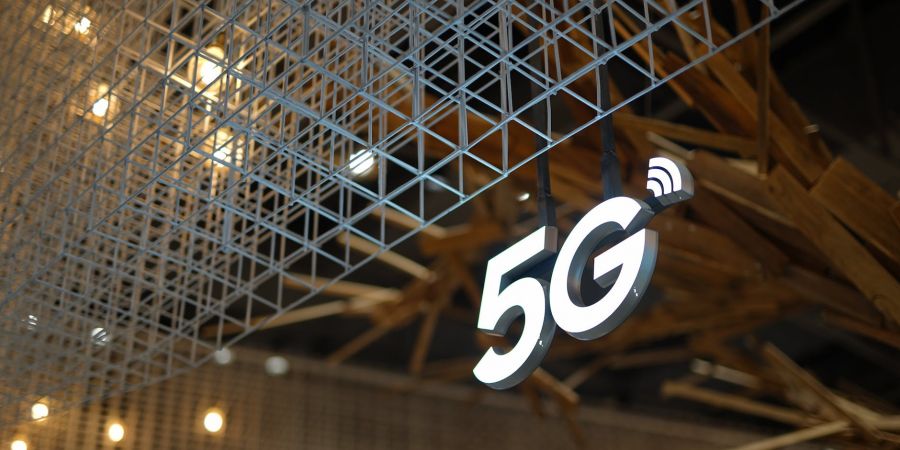

The participation of the telecom industry in the auction of the 5G spectrum has been enthusiastic. More than expected amount came into the exchequer. Telecom service providers are now investing in infrastructure as well as setting up the required equipment as per global standards to launch 5G services.
The government had earlier said that India would be able to start 5G services by October. Meanwhile, Telecom Minister Ashwini Vaishnav has appealed to the telecom service providers to expedite the launch of 5G services. After this appeal, the telecom service provider companies may have to compromise on the premature launch.
What is the current situation?
Even before the announcement of spectrum allocation, India was preparing for the installation of 5G. In Kolkata, Airtel last year conducted 5G trials in the low-frequency 700 MHz band in partnership with Nokia. This was India's first 5G trial in the 700 MHz band.
Airtel did a similar trial in Hyderabad as well. In May this year, Vodafone tested in high-frequency mid-band spectrum in Pune to achieve a peak speed of 6 Gbps, while Jio also managed to achieve 420 Mbps download and 412 Mbps upload speed from its own devices.
Infrastructure and investment:-
Telecom companies are initially planning to provide this service only in some big cities, although experts say that at least 70 percent of telecom is for 5G infrastructure. Towers need to be fiberized, only then their full potential can be utilized. At present, only about 33 percent of the telecom towers are fiber enabled.
In states like Delhi, Bihar, and Uttar Pradesh, the percentage of fiber-equipped towers is very less. The liberalization of the towers will help telecom operators to deliver better speeds. Fiberizing tower is a key factor in the success of 5G. Future radio access networks, transmission, and, most importantly, networks will require an additional $30 billion.
Equipment availability?
However, the country's domestic telecom manufacturing capacity has been strengthened by government efforts and initiatives. The telecom sector continues to expand its network capacity with fiber and wireless facilities to meet the ever-increasing demand for high-speed networks.
The Telecom industry grew rapidly due to increased internet usage and a favorable regulatory environment. Telecom companies will now have to build reliable digital infrastructure for 5G. There will also be a huge need for optical fiber and other semiconductor-based equipment. By the way, India has a strong presence in the manufacturing and production capacity of the equipment.
The market is flooded with cheap products from China, Indonesia, and South Korea. These cheap imported equipment are hindering India's use of its own intellectual property for a self-sustaining digital infrastructure model. Heavy spending on digital infrastructure will also lead to faster growth in the economy and add to the long-term benefits.








